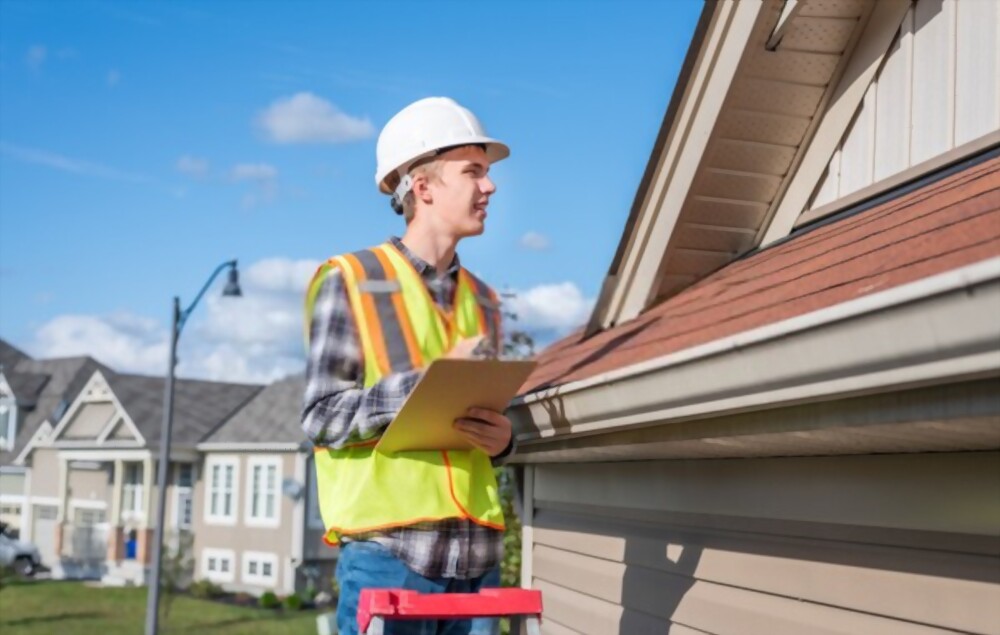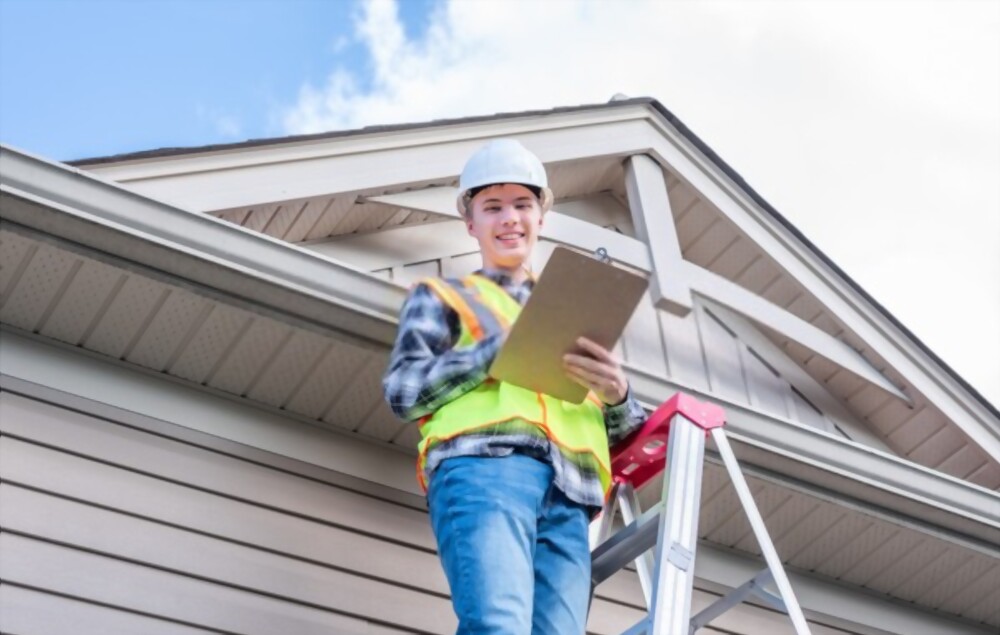
A risk assessment of roof work involves identifying and assessing the risks associated with working on a roof. It is an important part of health and safety planning and should be carried out before any work is started.
Working at height is always risky, and there are a number of potential hazards when carrying out roof work. These include falls from height, falling debris, slipping and tripping, and working with dangerous materials.
When carrying out a risk assessment for roof inspection work, you should consider all of these potential hazards and maintain a proper safety measurement to minimise the risks. For example, you may need to provide edge protection or scaffolding, use safety nets, or fall arrest systems.
It is also important to consider the environment in which you will work, as this can create additional risks. For example, if you are working on a roof in high winds, you will need to take extra precautions to prevent yourself from being blown off the roof.
If you are working with other people, you should also consider the risks of them causing hazards, such as dropping tools or materials. Risk assessment for roof work incorporates the assessment of the roofing structure before starting the work.
Some of the potential hazards that should be considered while you inspect your roof
- Falling from height
- Slipping or tripping
- Working in adverse weather conditions
- Working near electrical equipment
- Working with hazardous materials
- Collapsing roof
- Working on a fragile roof
- Falling objects
Use of fall protection equipment
There are many reasons to use fall protection equipment. The most important reason is to prevent injuries or death from a fall.
Fall protection equipment can help to
- Prevent falls from heights
- Reduce the severity of injuries from a fall
- Protect workers from being hit by falling objects
- Provide a safe working environment
Use of safety harnesses
Safety harnesses are used in a variety of settings to keep people safe. They are commonly used in construction and other industrial settings, as well as in recreational activities such as rock climbing and zip lining. Harnesses distribute the force of a fall evenly across the body, which can help to prevent serious injuries.

Guardrails
Guardrails are horizontal beams placed at either end of a staircase or at the exterior of a building. They provide support and stability while you work on height.
There are three types of guardrails
1. Handrail
This is the most common type of guardrail and is designed to be grasped by the hand to provide stability or support.
2. Banister
A banister is a rail designed to prevent people from falling stairs.
3. Balustrade
Thus, railing that is supported by posts or columns.
Using nets
When working at heights, it is important to adopt all the measures that can keep you safe and prevent falls. Having a net installed at the place of construction ensures that the person working at height is completely safe. A net is used when working at heights to catch someone if they fall.
This risk assessment for roof work is an important protocol that every roofing contractor must follow. Whether you are working on a small-term project on a large project, the roofing contractor must know the protocols and standards to follow. Risk assessment for roof work saves the client from medical liabilities or mishaps at the construction site. Even organisations and the government has made it important to follow the standard norm of protection at the working site.
Wrapping it up!!!
Having a professional roofing contractor working with you resolves many issues like delays in the project completion, unwanted hassles, surprise changes or additions. At the same time, they also ensure that before beginning the work, the roofing contractor does a complete risk assessment for roof inspection work. Hence you must always emphasise finding a trained and qualified contractor who will do risk assessment for roof work. You can search for them online or check the reviews on the internet. Seeking references from your friends and family is the easiest way to find the best professional for roof work.





